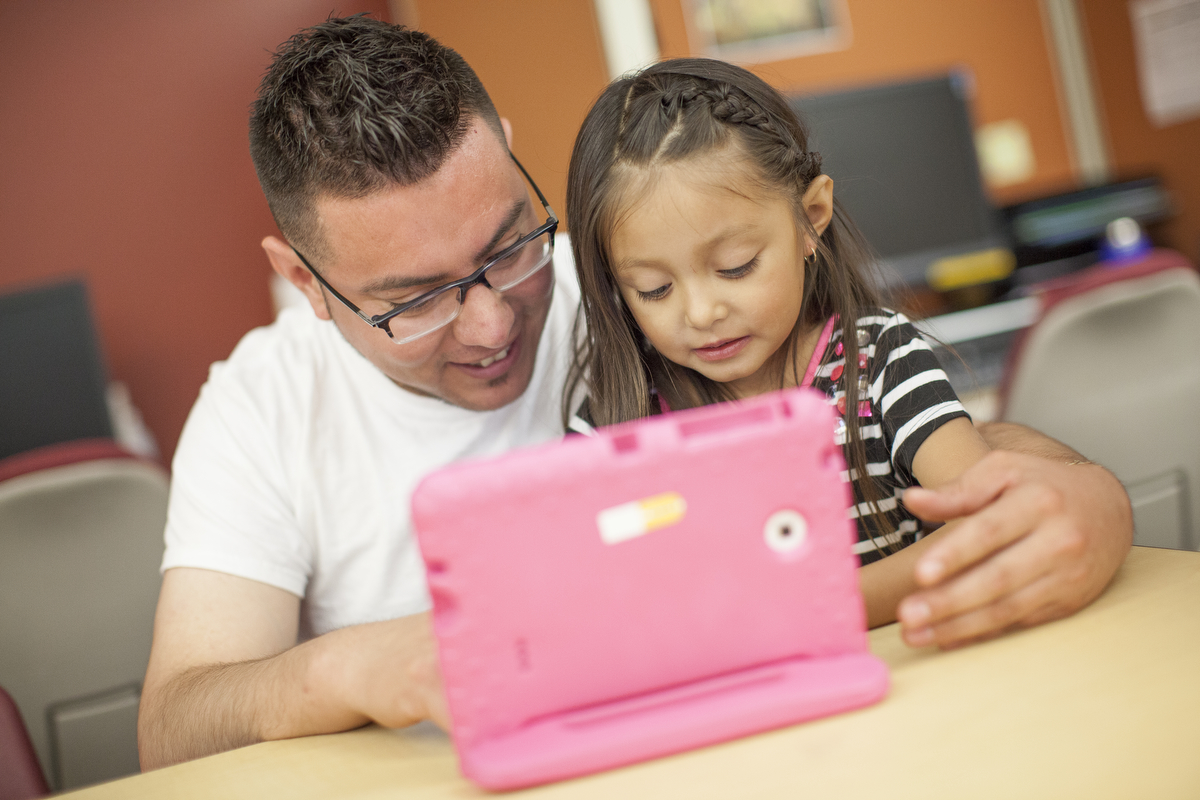
- This event has passed.
Technology-Assisted Teaching and Learning: Continuing the Conversation

In this GLR Learning Tuesdays webinar, Technology-Assisted Teaching and Learning: Continuing the Conversation, we revisited a session from early 2021 when school district leaders discussed how they were using specific education technology (EdTech) tools to sustain and deepen learning while schools were still largely operating virtually or in hybrid models. In this week’s session, we rejoined with the EdTech leaders from the 2021 session, along with their district partners, to reflect on how high-tech and high-touch solutions have been and are being deployed to enable a rapid and large-scale response to accelerate learning.
Superintendent Diego R. Ochoa of the San Mateo-Foster City School District in California shared how the EdTech tool, Footsteps2Brilliance, supporting early literacy, helps him easily and quickly get a snapshot that tells him how students throughout his large district are progressing:
One of the most powerful components of Footsteps2Brilliance is my ability, as a superintendent, to pull a report every day that tells me who is using the program and for how many minutes, what components of the program they’re using, how much stamina they have in the program, and then what their comprehension is at the end of the use of the program.
Moderator Kevin P. Chavous of Stride facilitated an engaging discussion among panelists who shared background on three EdTech tools — Footsteps2Brilliance, BookNook and DreamBox — and how they have been able to customize the use of these innovative tools by listening to the needs of district administrators and educators. District leaders emphasized that the technology tools are a complement to quality instruction that work when teachers are provided with comprehensive professional learning and opportunities to collaborate. All panelists agreed that relationships and human connection are essential to making EdTech effective in achieving the impactful results they have seen. Driving home the importance of relationships by referring to the adults working with students as “learning guardians,” Jessie Woolley-Wilson of DreamBox shared how their EdTech leaders approach school and district leaders to make the tools work:
We ask them what their problems are, because the solutions are in technology. The answer is the relationship between the learning guardian and the technology. So we ask, what their problems are. We ask where they’ve seen some success. And then we try to meet them where they are. So while our technology is intelligently adaptive, we try to make our partnership with districts intelligently adaptive as well.
Panel









